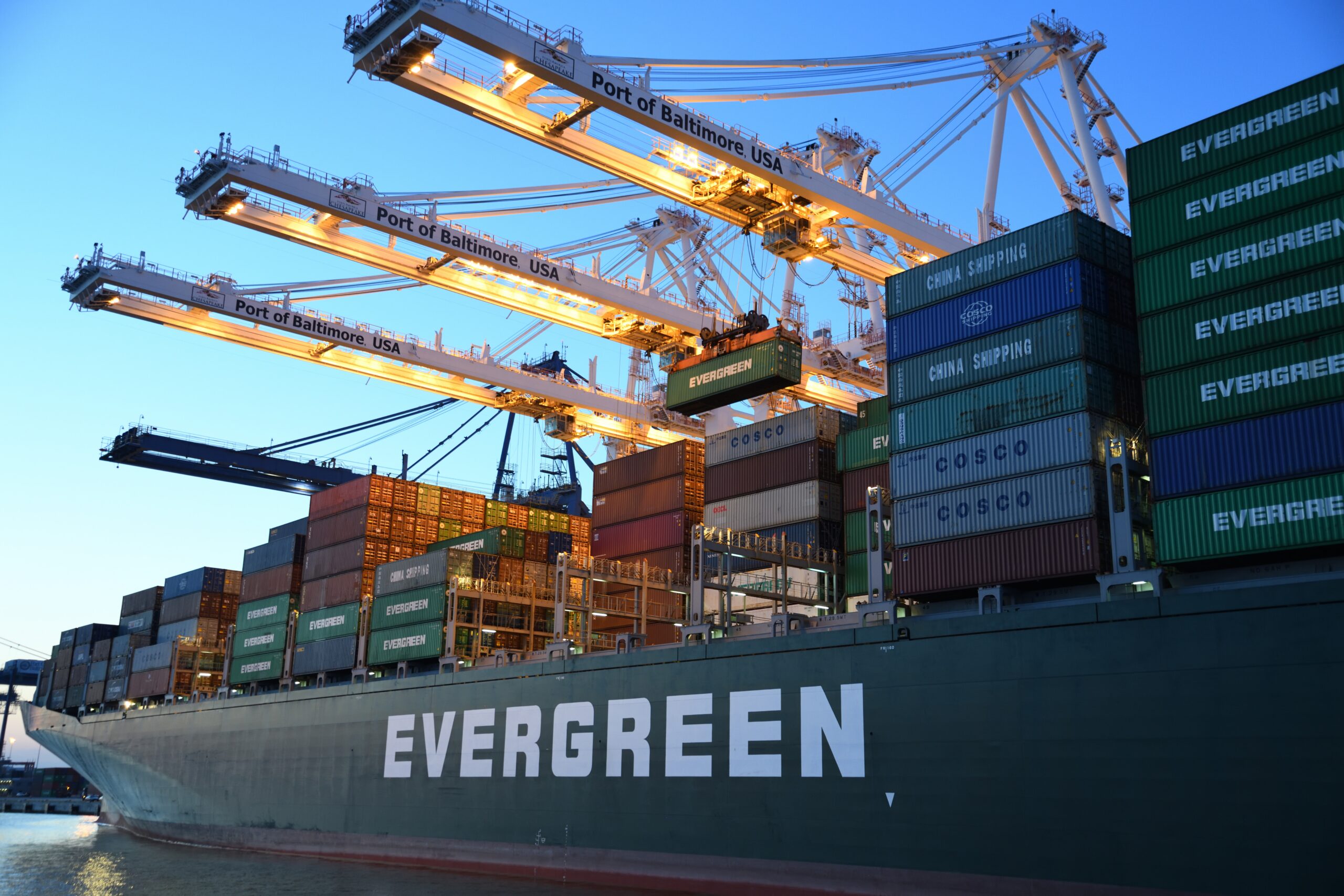It is no secret that the rapid rise in demand and the closure of ports due to COVID-19 in the early stages of the pandemic developed cargo ship congestion in ports in Europe, China, and elsewhere in the world. After the onset of a severe pandemic, many in the logistics industry looked to the future with hope, anticipating that after the vaccine was distributed and national economies flourished, the logistics industry would no longer be in crisis but able to return to normal. But it did not.
Since early October, about 50 cargo ships have been waiting in line to unload containers at California’s largest ports, Los Angeles and Long Beach. The situation is similar in the ports of Hong Kong and Shenzhen, where more than 100 cargo ships are waiting to unload. Congestion is also occurring in England and other parts of the world. It is estimated that more than 580 container vessels are currently waiting to enter ports worldwide.
Due to the congestion, transshipment from ships takes three times longer than before the pandemic. For example, China’s largest ports are open 24 hours a day to handle all incoming ships. Meanwhile, to address the situation in the United States, President Joe Biden has persuaded some bigger companies, such as Walmart, UPS, and FedEx, to extend their working hours. However, these are only temporary solutions that cannot completely solve the problem.
What contributed to the increase in queues and when did it start?
Cargo queues in ports began to emerge with the rapid spread of COVID-19. The countries declared a state of emergency in the fight against the virus and severely slowed down their economies for months, urging people not to leave their homes unnecessarily, closing shops, cafes, restaurants, and other entertainment venues. This action by public officials has boosted consumer demand for the supply of goods. For example, according to container trade statistics, in the first eight months of 2021, about 25% more cargo was shipped from Asia to the United States than in the same period in 2019 before the pandemic.
For many transport companies and ports, the rapidly growing demand for logistics services came as an unexpected wave that highlighted a growing problem: the shortage of logistics workers. It was revealed that the ports have an insufficient number of employees and there is also a lack of truck drivers who take the brought containers further by road. At present, those working in the sector have not been able to cope with a large amount of work, which in turn has significantly increased waiting times in ports as a result of the domino effect.
However, staff shortages and the growing demand for goods from both traders and consumers are not the only reasons for cargo ship congestion at ports. The freight container crisis, which is another domino in this chain of problems, has also had a major impact on the situation.
What does this mean for the consumer?
High demand for the supply of goods, staff shortages, the container crisis, and queues for cargo ships for unloading has contributed to a significant increase in freight rates. The Financial Times reports that the average shipping cost for a 40-foot container in the world today is almost $ 10,000, which is three times higher than at the beginning of the year and 10 times higher than before the pandemic. Rapidly rising transportation prices also affect the prices of goods in stores. This means that the wide range of problems has a negative impact not only on the carrier but also on the consumer.
In addition to rising commodity prices, consumers also have to deal with longer delivery times. The longer the queues of cargo ships at unloading, the longer they will have to wait to receive the order. For this reason, many logistics experts call on people to prepare for Christmas in time to keep the industry from getting worse.
How long will it last?
The duration of congestion at ports depends on a number of factors: demand, staff numbers, pandemic outbreaks, and weather conditions. Yes, weather conditions also affect port operations – snow, strong winds, and rain can be a reason to temporarily close cargo terminals.
Economic analysts and logistics industry experts agree that the current situation will continue in 2022. The only question is – for how long? There are specialists, such as Detlef Trefcger, the head of Kuehne + Nagel, who believe that the congestion at sea will last at least until February next year. Still, others think – the worst is just ahead, and the problem could last even after the Chinese New Year. In turn, one of the largest international logistics companies DP World has expressed the opinion in the media that the current situation could last up to two years.
While it is not possible to determine the exact time of the crisis in the logistics sector, one thing is clear: as long as countries are unable to fight COVID-19 effectively, logistics companies will continue to operate in crisis, container prices will not fall and freight queues at the world’s largest ports will continue to grow.
Author: Roland Peterson, logistics expert
Image: www.pexels.com



